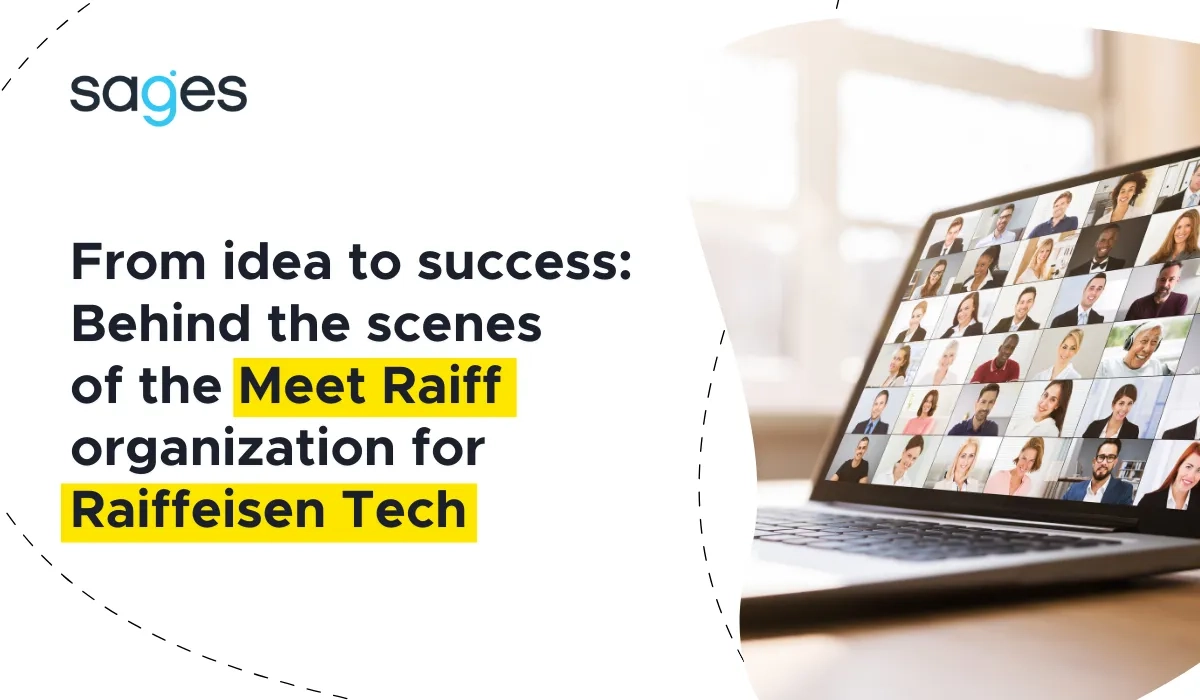As early as 2017, McKinsey's research results indicated that "due to progressive automation, by 2030 at least 375 million workers will need to switch industries".[1] Today, we can see that these predictions were not exaggerated and the transition will also impact programmers. Reskilling and upskilling are currently the best remedies for many employers facing a shortage of highly skilled workers in the IT department (and also can help reduce layoffs in the IT and other departments).
Retaining valuable employees in the company (reskilling instead of layoffs)
Our experience as a company supporting employee development shows that organizations are increasingly managing the need for skill changes in their workforce and implementing development programs based on reskilling employees. This means that the outcomes of changing technology or process automation don't have to result in layoffs. Simultaneously, HR departments don't have to wonder where to recruit employees for the new technological landscape. By implementing reskilling programs that prepare valuable employees for different roles within the organization, companies gain additional loyalty and save on expensive and time-consuming recruitment processes.
Our initial experience with a reskilling project was the Java Academy, carried out in 2015 for one of the largest companies providing software and IT services for the Polish insurance market at the time.[2] The goal of the Academy was to train a group of long-standing programmers in the company whose skills were being utilized to a lesser extent in new projects due to changing dominant technologies. As part of the six-month training program, participants followed a designated development plan according to established guidelines. The program included dedicated workshops (22 training days), individual consultations, and culminated in the presentation of a functioning application that participants developed under the guidance of a mentor, using the technologies they had learned.
The success of the project was not only in the fact that employees successfully worked on new projects using previously unfamiliar technology, but also that 90% of participants remained with the same employer for at least 4 years after completing the program.
What makes a good reskilling program?
We understand that reskilling is not an easy project for both parties involved. Participants often need to commit extra hours beyond work and might need to agree to loyalty agreements, which generate additional burdens and challenges. Regardless of the chosen "accounting" model, reskilling undoubtedly demands personal commitment and dedication from participants. From the organization's perspective, a reskilling project also presents challenges. Regardless of the chosen action model, there's concern about the real return on investment. Uncertainties arise, such as whether everyone will persist until the end or whether they will find their place in new roles after the project concludes.
However, this does not mean that it's not worth pursuing this path. To ensure the project's success, a professional approach to each stage of the process, clear goal definition, and full commitment to execution are necessary. At this point, we can share our proven action process around dedicated reskilling.
Stage 1: Creating candidate profiles and outlining the reskilling program based on organizational needs assessment
Reskilling starts with identifying and defining the actual needs of the organization and the real requirements for participants in the program. It's crucial to verify whether the specified skills will allow employees to perform new tasks in their new roles. This involves checking if the skills will meet the leader's requirements and the future team's projects. In this context, a knowledgeable person who conducts an analysis of future projects, the technology stack, and interviews with those involved in past projects will be helpful. Analyzing the current experiences and skills of program candidates is also important. If candidates have not been selected yet, a preliminary list of required skills can be created in collaboration with the organization, and candidates who meet certain expectations can be tested for suitability. Based on collected data, a preliminary concept of the reskilling program and a schedule for the next steps are developed.
Stage 2: Recruitment and selection of candidates for the reskilling program
Open communication with employees is crucial. Precise determination of expectations, results, and accountability methods. Recruitment and selection are usually conducted in two stages. The first involves a test that verifies candidates' technical predispositions, while the second takes place in a pre-selected group, involving 1:1 meetings to confirm the skills assessed in the first stage and verify candidates' motivation. It's crucial to discuss the project concept, challenges, and expectations thoroughly, so that participants can make an informed decision and understand their responsibility. The final outcome of this stage is the selection of an ideal group of candidates for the program. Only at this stage, after gaining a thorough understanding of the selected group's previous experiences and skills, is the course program approved.
Stage 3: Implementation of the reskilling program
We recommend starting the program with a larger group than we actually need in the new projects, which reduces the risk of a failure while adding an element of competition and the necessity of involvement. The course is carried out according to established assumptions and scope. Between modules, there are tasks and tests that allow for continuous monitoring of knowledge and skills growth. Our courses are workshop-based and heavily focused on practical skills so that graduates can apply acquired skills in real projects. During the course, clients can attend segments of sessions, present and discuss ongoing projects, which introduces them to their future work environment and shortens the onboarding process for new roles. In addition to training workshops, participants have the opportunity for individual consultations with the trainer. A practical project is carried out during the program, requiring the application of essential skills for the new role.
Stage 4: Conclusion and recap of the reskilling program
At the end of the project, the client receives a report along with an assessment provided by the trainer for individual employees and results from the sessions, along with further development recommendations. Participants receive a certificate and the necessary skills for the new position. Participants can immediately engage in projects that require the use of their new competencies after completing the program. If you are seeking effective methods for reskilling and upskilling your employees in any direction of change, please feel free to contact us at e.wilgos@sages.com.pl.




